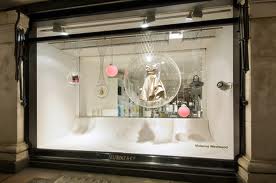I am indebted to my friend, professional photographer Dana Al-Gharabally for this story.
Dana and her mother recently visited a well-known fashion retailer’s store in search of some new clothes for Dana’s mother. Dana herself was not planning to buy anything, but, as so often happens, she was attracted to a particular top, which she tried on. Unable to resist it, she had decided to buy the top, when she noticed there was a fault in the stitching. Dana asked the assistant if there was a similar top in stock, in her size, without the faulty stitching. The assistant took a look in the stock room and announced that there were no similar tops in stock.
The assistant then suggested that Dana visit one of the other two branches in the city as they had the required top in stock in the correct size. Dana wasn’t keen on the idea of driving around further and has begun to reconcile herself to the idea that she wasn’t meant to have this top. While leaving the store, however, she noticed that there was another, similar top in the shop window. Returning to the store, she asked the assistant if it would be possible to buy the top from the window display.
The assistant told Dana ‘they were not allowed to sell items from the window’ and thereby lost a sale, and probably a customer for the future too.
When Dana told me the story, I defended the store assistant. I said it was likely that the directive not to sell items from the shop window would probably have come from the retailer’s head office, and she was only obeying orders. That set me off thinking about how company head offices are part of the customer experience, albeit often unwittingly. When we make decisions at head office level, how often do we take into consideration what the impact of those decisions might be on our customers and those in our team who serve them?
I wonder where Dana will go next time she wants a new top.

